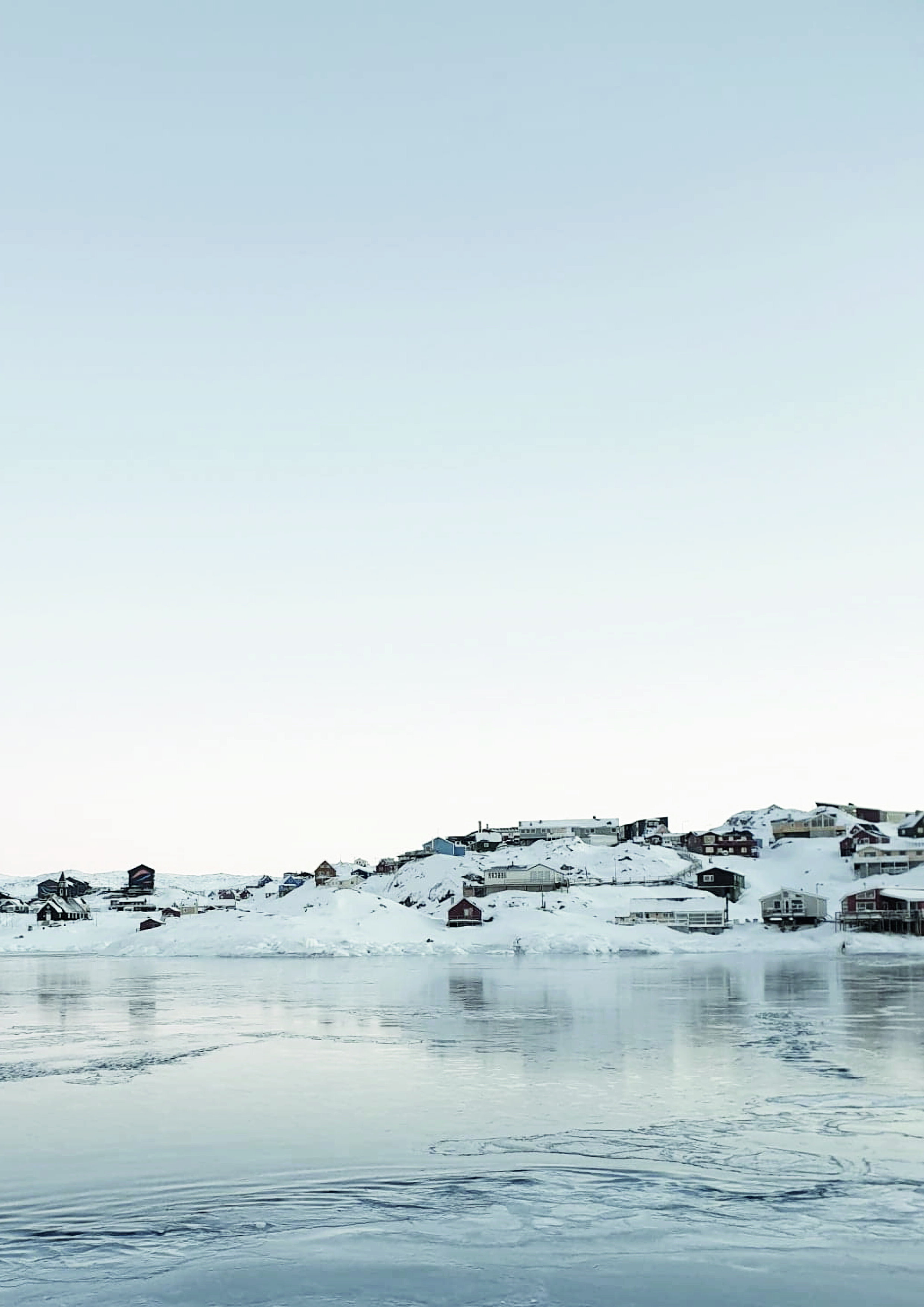
ECOLOGY OF ECONOMIES
Photo essay / Ilulissat, Greenland / Jan. 2019
Greenland has found itself in the centre of a new world map emerging from the effects of climate change. With warming happening twice as fast as the global average and the rapid melting of its glaciers, Ilulissat, Greenland, is a visible manifestation of climate change. Despite the massive challenges, the melting sea ice has opened up access to natural resources, new shipping routes, and other economic opportunities which are drawing interest from other nations. Yet for most, our personal exposure to the impacts of climate change has until recently been largely experienced on a distanced, colossal scale – threats and images of the melting ice caps, apocalyptic storms and raging wildfires saturate the media. The overwhelming magnitude of these ‘hyperobjects’ is nearly beyond our comprehension, and thus leads to a collective inertia. The narrative needs to be reframed in order to avoid to shift climate fatigue to climate action.

This could manifest in socio-economic dependency on foreign oil and mining companies and exploitation of the natural landscape.

Due to Greenland’s increasingly strategically important position, the country is vulnerable to neo-colonialism.
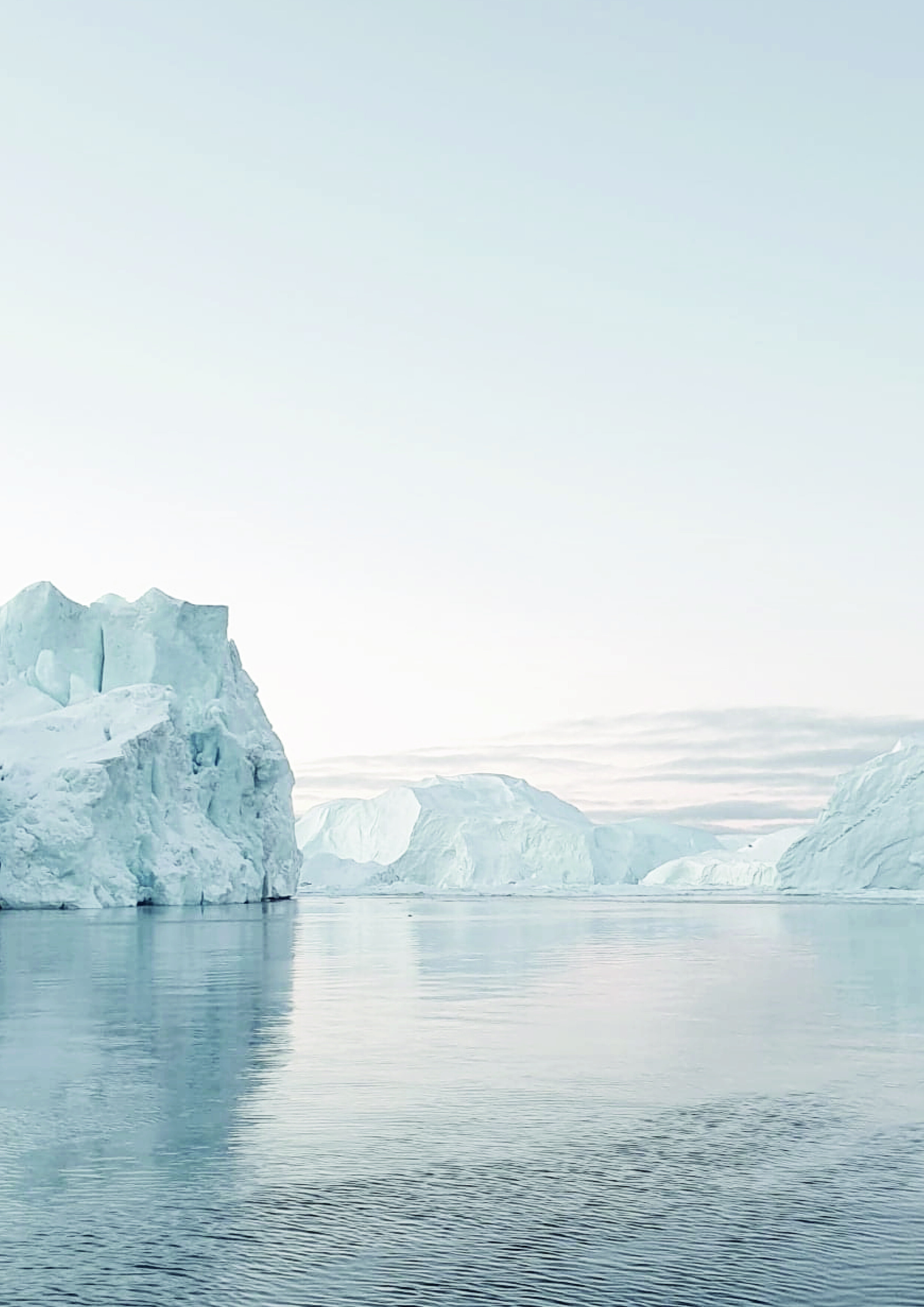
In Ilulissat, the main industries are tourism and fishing.

With a new international airport planned for 2023, these industries are projected to develop even more.
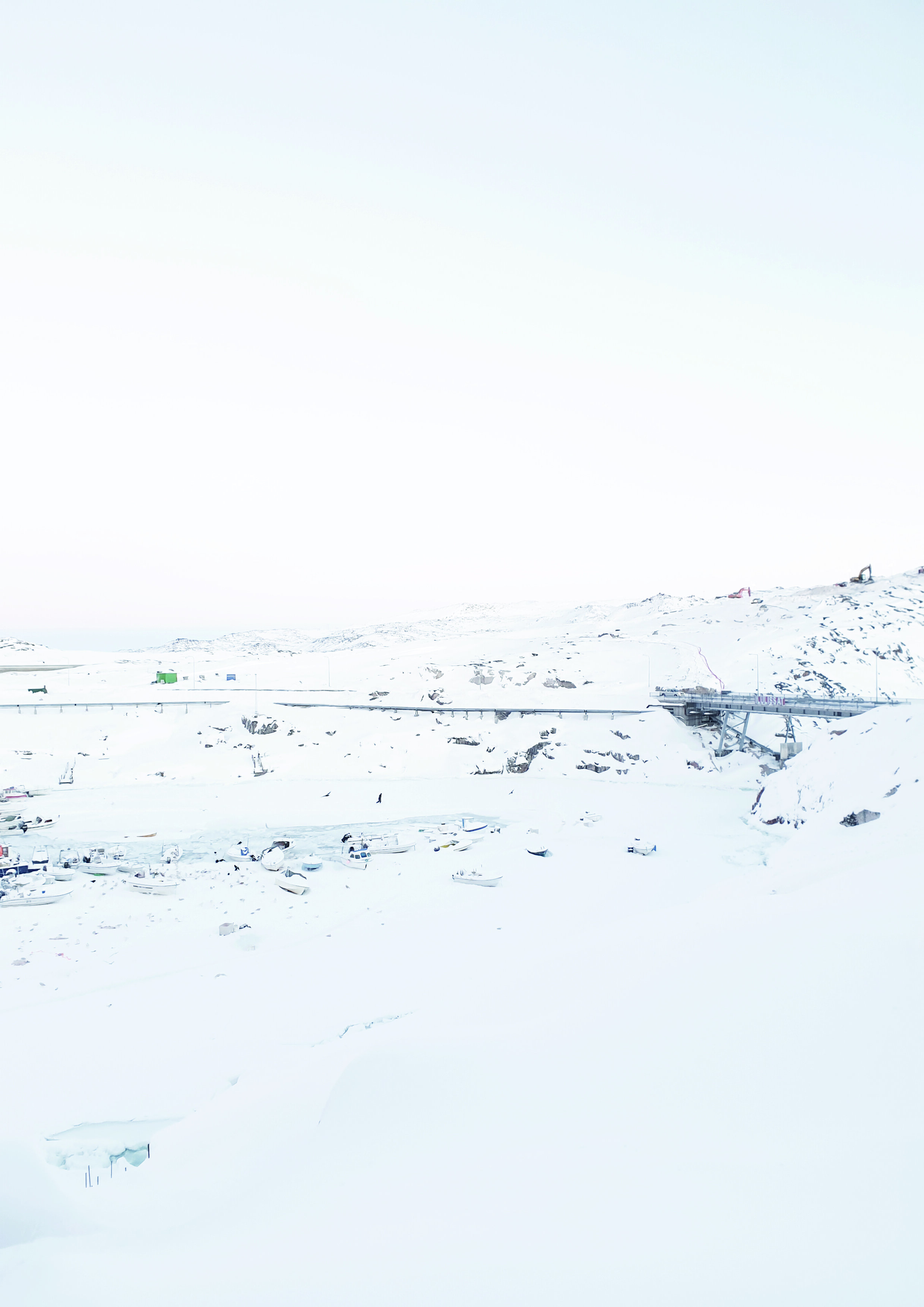
Ilulissat’s current harbour is too small to accommodate the town’s needs.
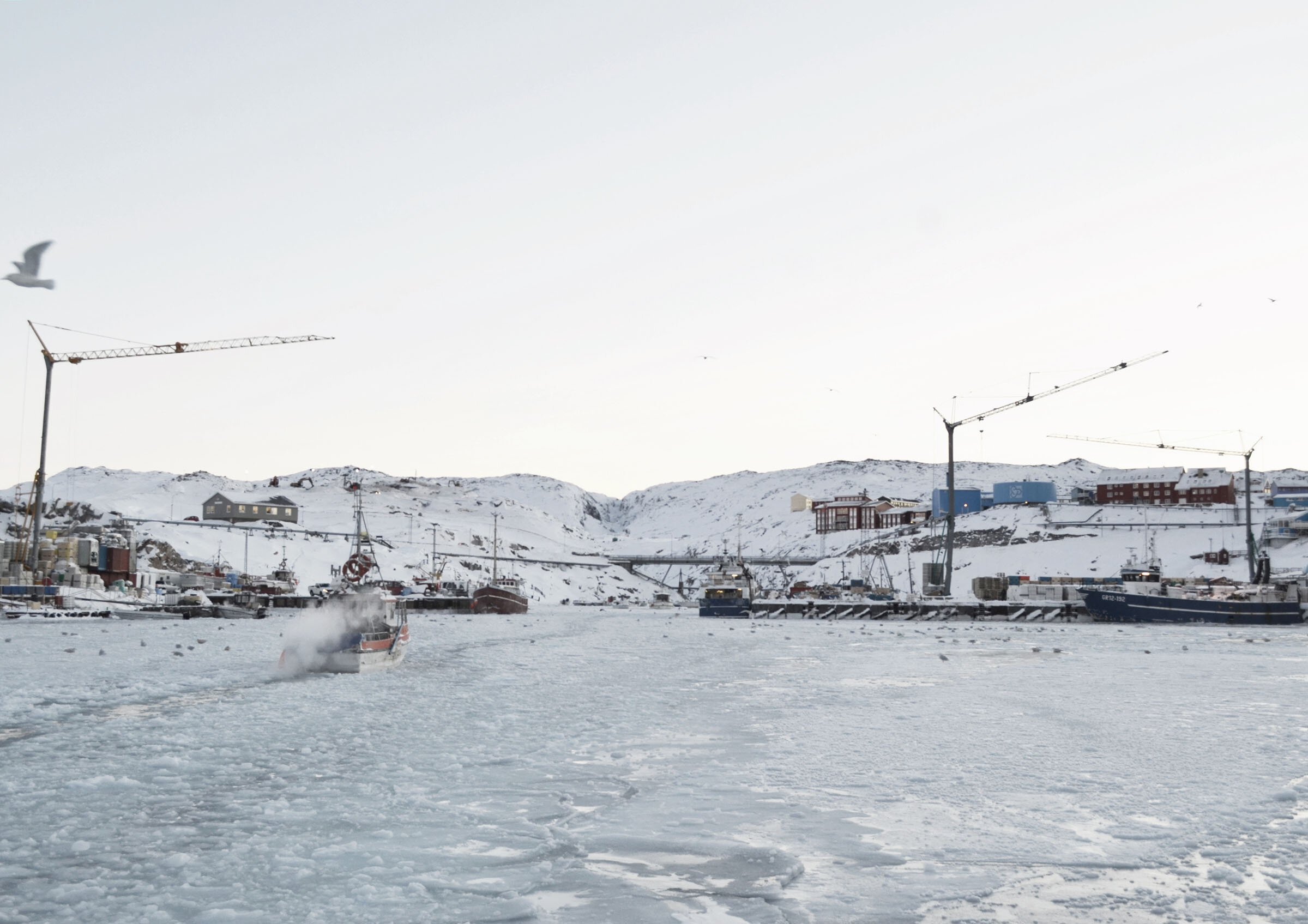
Especially with the coming changes related to fishing, shipping and tourism.
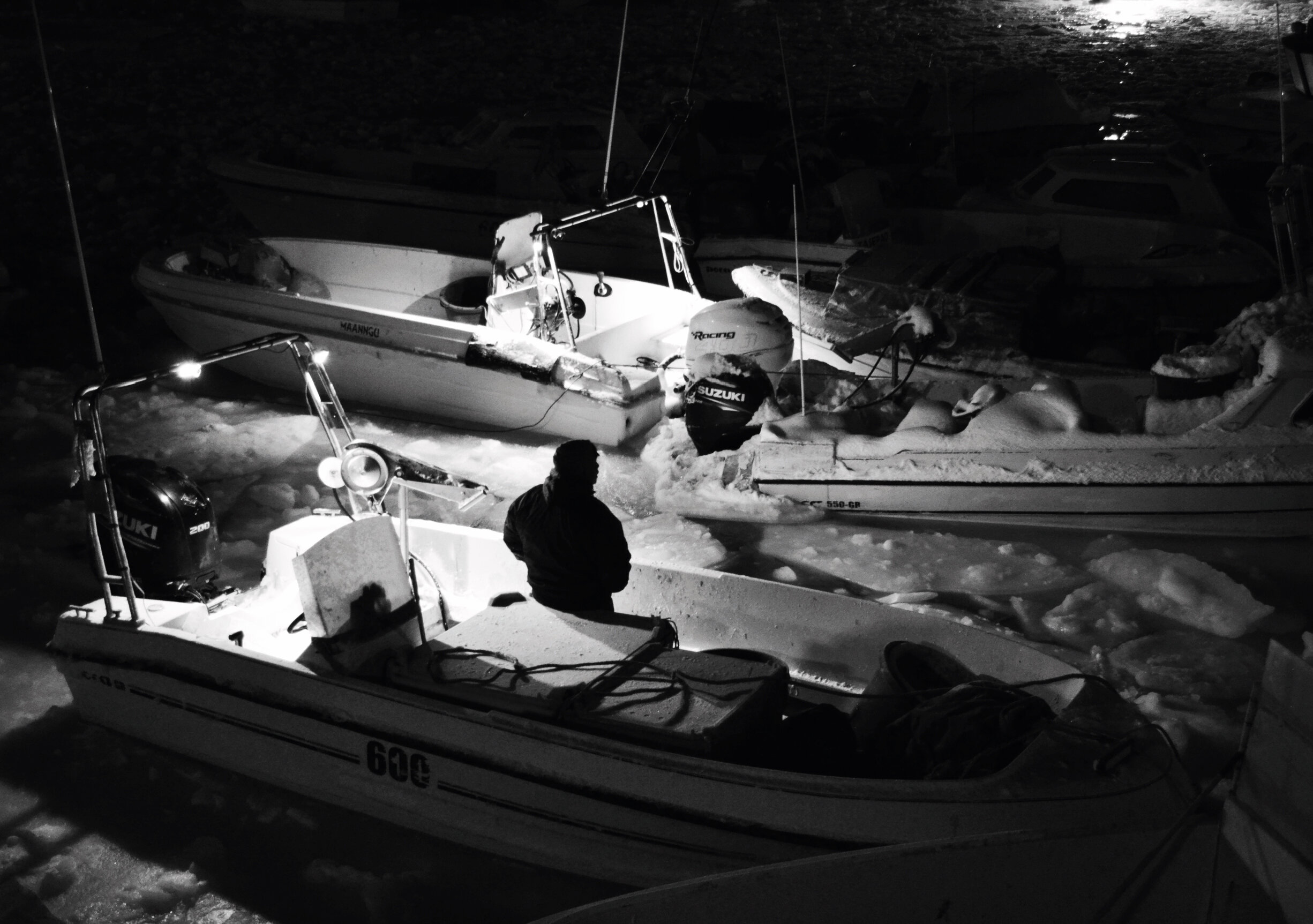
The harbours are the hearts of the settlements and towns in Greenland and fishing is the lifeblood of the country’s economy.
